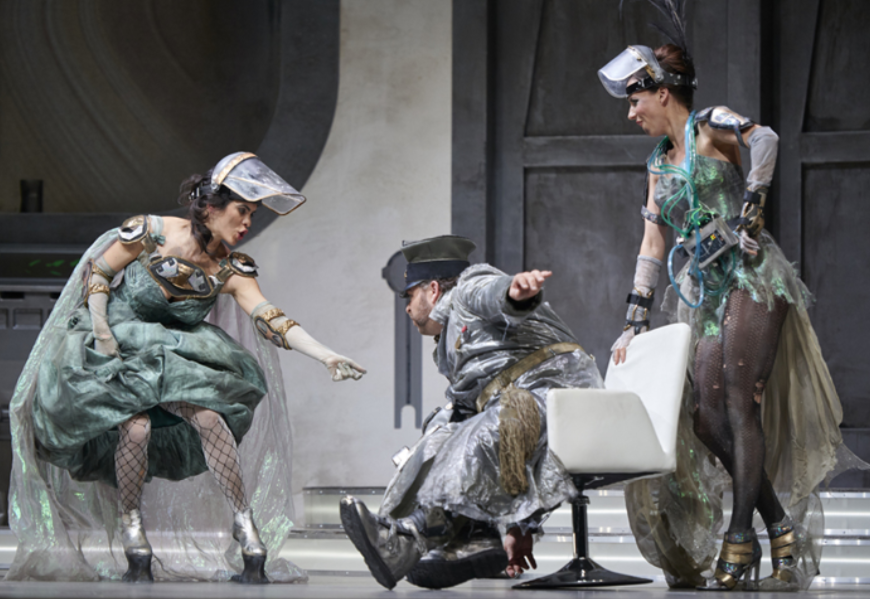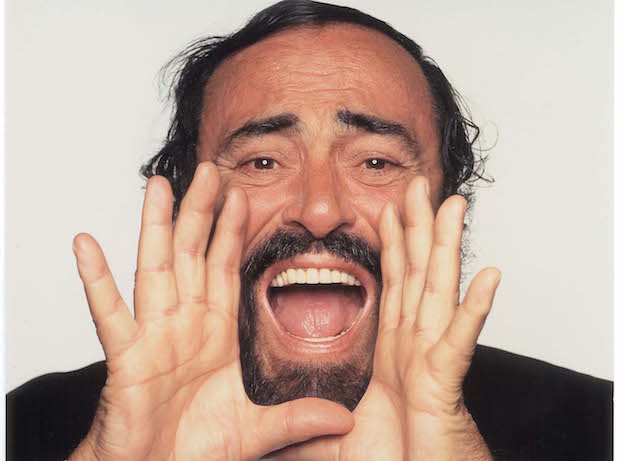
The first concert of the Seattle Symphony Orchestra in 2017 was dedicated to the spirituality, as a key side of humanity. French conductor Ludovic Morlot directed the SSO on Messiaen’s Trois petites liturgies de la presence divine and Beethoven’s monumental Ninth Symphony.
The concert was a musical statement about the paramount importance of the spiritual universe in the work of both composers, who displayed different approaches to the matter, according to their personal beliefs. Messiaen’s Petites liturgies, like the rest of the composer’s music, are the result of Messiaen’s seamless faith and his utterly catholic inspiration. The rich sonorities in his music and the use of rare instruments such as the electronic Martenot do not lessen honesty or simplicity to this musics. In this occasion, Ludovic Morlot decided to use a choir of boy’s voices, instead of the choir of sopranos, which led to a more personal and mysterious performance. Notwithstanding the title of the piece, Messiaen presented an inward kind of liturgy somehow opposed to the universality of the Catholic worship. The SSO performed with remarkable intensity, achieving a good balance between the choir and the orchestra, without any concession to the young singers. The singers of the Northwest Boychoir succeeded in conquering the audience despite their problems with the lyrics in French and the pace-changing score. The difficulty of the task served as a spur rather than as a deterrent for them and their effort was rewarded fairly by the patrons.
The second half of the concert featured one of the most performed Beethoven’s masterpieces – the Ninth Symphony. The Ninth is usually part of the New Year’s SSO concert serial. However, in this case, it was presented within the regular season as part of the Beethoven symphonies cycle. The performance of the SSO was irregular last Thursday. After a dubious beginning in the first movement, we enjoyed the contagious commitment of the cellos which produced some desperate and touching passages. The movement was even-tempered and left an overall sensation of dullness. The second movement, molto vivace, brought the best moments of the SSO as it sounded brisk and beating at a time, very Beethovenian. The third movement included a number of mistuned passages in the wind instruments. Mr. Morlot’s unsteady tempi also contributed to a disappointing and forgettable result. The four movement featured soprano Mary Elisabeth Williams, who appeared recently with the Seattle Opera singing Donizetti’s Mary Stuart, mezzo Rinat Shaham, together with tenor Kenneth Tarver and bass Jonathan Lemanu. Both Shaham and Tarver signed a decent but modest performance. On the other hand, Williams stood out with her malleable voice and her bright upper register. Mr. Lemanu surprised with a distinct sound that combined the cavernous low notes with the perks of his sizable instrument. The Seattle Symphony Chorale, under Maestro Morlot direction, demonstrated a great deal of plasticity and developed a rich and full-toned sound.
Ludovic Morlot could barely conceal his anxiety to fulfill the patrons’ expectation on this famous symphony. The SSO excel when they are able to develop naturally their tremendous skills, without the pressure of seeking perfection and novelty after every note. Nevertheless, during last Thursday concert, we found several reassuring signs that anticipate another year of great music in Seattle.
Carlos J Lopez















